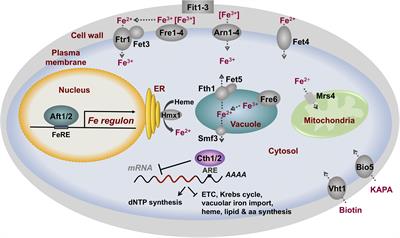EDITORIAL
Published on 21 Jun 2022
Editorial: Advances in Microbial Iron Cycling
doi 10.3389/fmicb.2022.931648
- 1,928 views
- 1 citation
12k
Total downloads
50k
Total views and downloads
You will be redirected to our submission process.
EDITORIAL
Published on 21 Jun 2022
ORIGINAL RESEARCH
Published on 27 Apr 2022
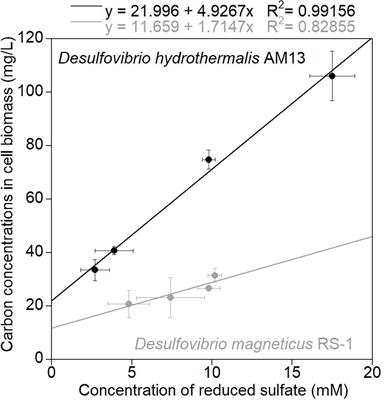
ORIGINAL RESEARCH
Published on 29 Oct 2021
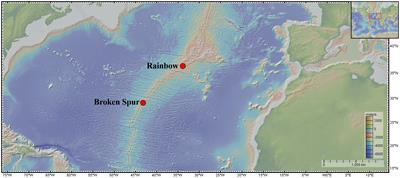
ORIGINAL RESEARCH
Published on 10 Sep 2021
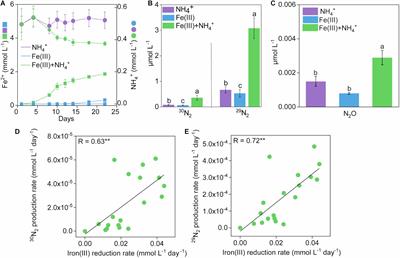
ORIGINAL RESEARCH
Published on 03 Sep 2021
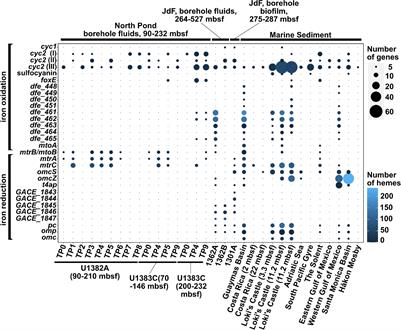
ORIGINAL RESEARCH
Published on 14 Jul 2021
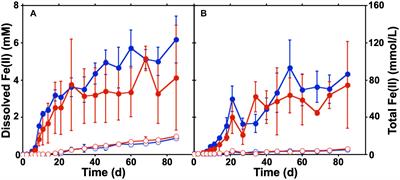
ORIGINAL RESEARCH
Published on 09 Jul 2021
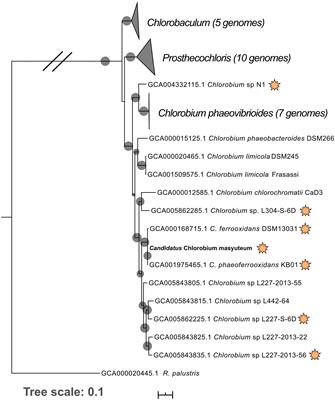
ORIGINAL RESEARCH
Published on 25 May 2021
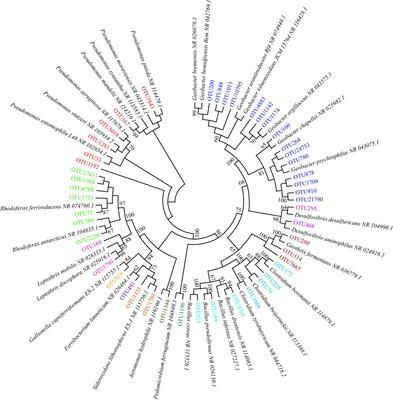
ORIGINAL RESEARCH
Published on 14 Dec 2020
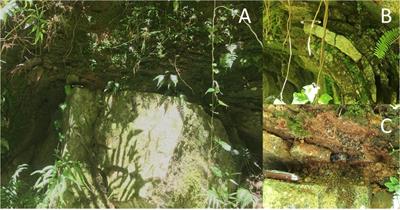
ORIGINAL RESEARCH
Published on 20 Nov 2020
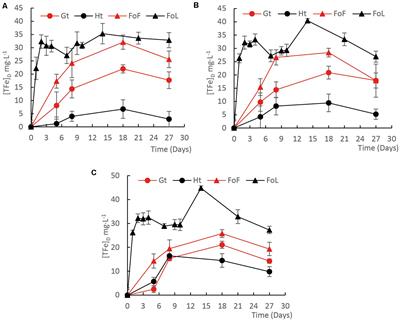
MINI REVIEW
Published on 09 Sep 2020
